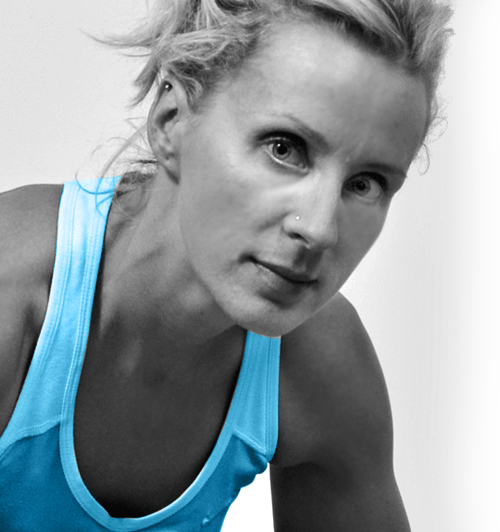Eat some colorful, low-density food at every meal. These are foods that take up a lot of space without a lot of calories. Veggies are the most obvious example. You can eat a salad bowl overflowing with lettuce and veggies and you most likely won’t exceed 100 calories. By eating low-density foods like veggies and fruits, you’ll keep your portions under control naturally, because they have very few calories for their size. Conversely, high-density foods, like chocolate and butter, are loaded with calories in even the smallest amounts. So beware of salad dressings and other things you add to salads and veggies. Only add enough for flavor; don’t fill up on them. When it comes to live foods, the richer the colors, the fresher the products tend to be. Try to eat a variety of colors in your diet. This simple-yet-random-feeling act will help ensure that you’re covering all your nutrient bases.
Weekly focus: Protein at every meal. This becomes even more important as you eat more low-density food, because protein tends to be high-density. Many veggies have a lot of protein, but the quantity you must consume starts to become prohibitive. Try to get some protein—meat, dairy, legumes, nuts, or seeds each time you eat, especially when you’re working out hard, because you need to repair broken-down muscle tissue. Since your body can only utilize a certain amount of protein at once, do your best to eat small amounts often (starting to see a theme?) Reading labels is a simple way to learn how to estimate your protein intake. You’ll notice natural foods don’t have labels but once your diet is comprised mostly of these you’ll no longer need them.
